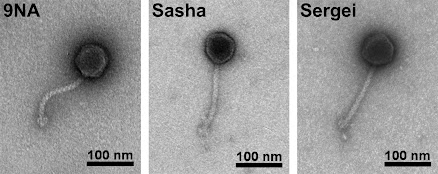For beginners, students and interviews : Interview with Bassim Karaman (patient) on phage therapy
Interview with Bassim Karaman on phage therapy Bassim Karaman recounts his medical journey after undergoing knee replacement surgery and developing an infection. Karaman was treated with phages at the Geneva University Hospitals, which most likely saved him from having to have his leg amputated. More information at https://forumphage.ch 0:00 What happened after the knee replacement 3:54 Living with an infection and no joint in his left knee 4:51 Dead end 5:46 The hope of phage therapy 6:24 Phage treatment 7:10 Effects of treatment 8:02 After phage treatment: one in two germs reappears 9:15 Three years later 10:35 But osteoarthritis remains 11:18 Is there a need for phage therapy?
.png)




